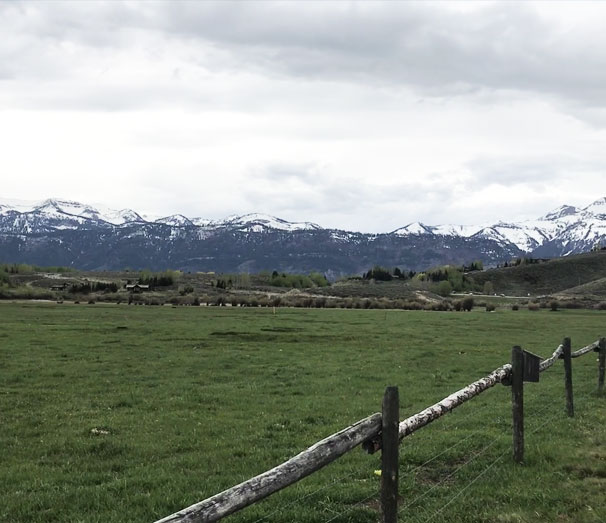Project Purpose and Need

The purpose of this project is to provide travel redundancy and improve multi-modal connectivity between South Park neighborhoods and areas accessed by WYO 22, including Wilson, Teton Village, other West Bank neighborhoods, and eastern Idaho. Currently, drivers making these connections must travel through the Y intersection of US Highways 26/89 and WYO 22, adding to the congestion at this major crossroad. This poor connectivity limits options for improved transit services as well as emergency service to affected neighborhoods in West Jackson and parts of Teton County, including Boyles Hill, Cottonwood Park, Indian Trails, 3 Creeks, Teton Science School, and Teton County School District #1 campuses.
The need for the Tribal Trail Connector was first identified in the 1982 Rural and Urban Design Assistance Team (R/UDAT) study. At that time, Teton County identified a transportation corridor connecting South Park Loop Road and WYO 22 as being an important community transportation link. This corridor has been highlighted in six County transportation studies since 1991. For more information refer to the FAQs.
The Project Purpose and Need and Objectives statement have been updated to incorporate feedback provided by the Project’s Stakeholder Advisory Committee.
Community needs that would be addressed by this project include:
Redundancy
- Provide travel redundancy
- Redundancy is a transportation system’s ability to provide more than one independent way in or out of an area
- Allows the transportation system to accommodate variable and unexpected travel conditions (e.g. emergencies) without failure
Reduce Vehicle Miles of Travels (VMT)
- Reducing VMT associated with circuitous routing of traffic
- Most of Teton County traffic growth is made up of local traffic associated with short trips
- To manage traffic growth and reduce VMT, the ITP calls for “more productive use of road and street capacity”
- Reducing VMT in a community decreases petroleum use, reduces emissions, and saves driver time
Y Intersection
- Reduce local trips through the Y intersection by providing an alternate route for local travel
- Y intersection currently experiences congestion and back-ups based on average year-round traffic volumes;
- Congestion worsens in summer and winter due to increased traffic volumes
- Mobility through the Y intersection is also impaired during times of traffic disruptions
Improve Emergency Response
- Route redundancy would improve emergency evacuation and emergency service access
Multi-Modal Connections
- Provides alternate bus route for START, school buses, and van pools to improve travel
- Accommodating cyclists and pedestrians by creating additional pathway connections throughout the project area including at the intersections
Project Objectives
Project objectives supplement the Purpose and Need and the alternatives screening process by helping to differentiate between alternatives. Whereas an alternative must meet the Purpose and Need, project objectives are used to further identify which alternative best meet the needs, avoids and minimizes environmental impacts, and could realistically be implemented given constructability and funding constraints.
- Safety – To improve emergency vehicle access and provide route redundancy in and around West Jackson and South Park.
- Environmental Protection – To reduce VMT and vehicle emissions; avoid and minimize impacts to other environmental resources.
- Cost Effectiveness – To reduce VMT and thus reduce travel delay and costs for the community.
- Roadway Network Compatibility – To provide network redundancy to reduce local trips through the Y intersection, and to minimize delays caused by maintenance operations and crashes on US-26/89 and WY-22. These events can isolate the Town from Teton Village, Wilson, and other West Bank areas.
- Multimodal Function – To provide more direct, safe, aesthetically pleasing, and efficient multi-modal routing (for START transit services, school buses/vans, cyclists, and pedestrians) between South Park and the West Bank. To improve access and opportunities for active transportation mode choice.
